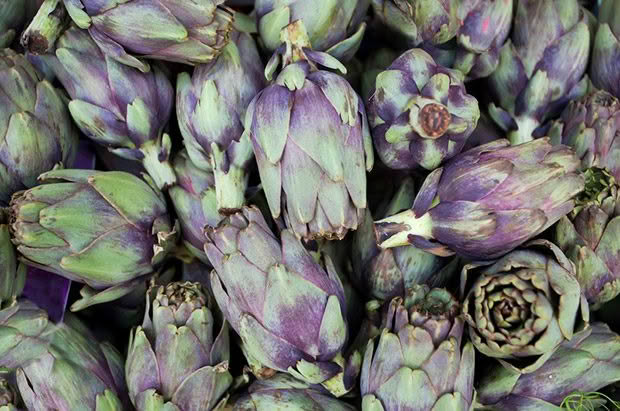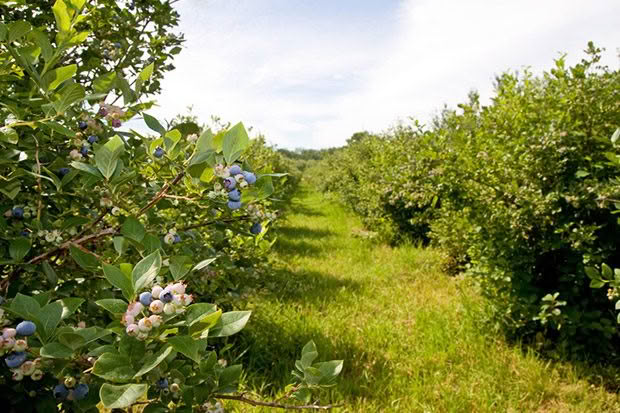What to sow, plant, prune and feed in the garden this November

The warming weather allows for plenty to do in your garden this month.
Words: Nadene Hall
1. Sow cucumber and courgette seeds, or plant out seedlings in compost-enriched soil (or sow in trays for transplanting later). If the nights are cold when the seedlings emerge, protect with a cloche. Large jars also work well.
2. Transplant tomato and capsicum seedlings when about 10cm high. Apply a general fertiliser while plants are young; once plants begin to flower, switch to a high-potassium tomato fertiliser to encourage continuous flowers and fruit.
3. This month is your last opportunity of the year to plant globe artichokes. Sow seeds or plant seedlings in deep, humus-rich soil. The roots like to go deep, so dig down before planting. Apply blood and bone or a liquid fertiliser high in nitrogen, and again a fortnight later. Water well over the summer months.

4. Make a compost tea: place 2 cups of compost in pantyhose and place in a 20 litre bucket, with the top of the leg draped over the side. Hold on to the pantyhose and fill the bucket with non-chlorinated water. Add 1 tbsp molasses, 1 tbsp liquid seaweed fertiliser and 1 tsp fish fertiliser. Leave for 24 hours, then use, or it will start to grow ‘bad’ bacteria.
5. Sow beans, beetroot, carrots, chives, pumpkin, radishes, salsify, and turnips directly into the ground.
6. Growing your vining (indeterminate) tomatoes up a stake helps to keep plants tidy and encourages earlier and better fruiting. This method restricts growth to one main stem:
• tie the stem to a stake as it grows;
• pinch out any side shoots that appear between the stem and leaves (from the leaf axils);
• when 3-4 trusses have formed (or 5-6 if you’re growing in a glasshouse), cut the main stem so the plant can put all its energy into fruit development and ripening.
7. Earth up early potatoes and plant out main crop potatoes. Dig a trench 10-15cm deep and place tubers in the bottom. Cover with soil. If your soil is heavy, ditch the trench method and try this instead: plant tubers into the soil so they’re partially sticking out, then draw soil over them with a hoe to form a ridge.

8. Feed the berries. Use a berry or citrus fertiliser to feed strawberries, raspberries, blueberries, boysenberries, gooseberries, blackberries, and currants.
9. Plant leafy greens for salads, like lettuces, mustards, and rocket. Sow every two or three weeks for a continuous supply.
10. Tips for a good corn crop:

• Sow sweet corn seeds directly into the garden when all risk of frost has passed. Sweet corn doesn’t like being transplanted, and it doesn’t like frosts. If your soil is still cold and wet, leave it until next month.
• Corn is wind-pollinated so plant in blocks rather than single rows.
• Young plants are vulnerable to damage from the wind until they form buttress roots. When plants are about 20cm tall, ‘hill up’ soil around the stems to encourage extra root growth. The thick buttresses that will form hold plants firmly in the ground and also improve water uptake. Keep hilling soil as birds often scratch it away.
• Corn needs regular watering. A good soaking once or twice a week is better than a more frequent light sprinkling. Mulching in the first month will help conserve water.
• As the silks form, feed the plants with fertiliser or manure. Tip: Plant a nearby patch of cleome to lure the green vegetable bug away from your corn.
Love this story? Subscribe now!
 This article first appeared in NZ Lifestyle Block Magazine.
This article first appeared in NZ Lifestyle Block Magazine.
